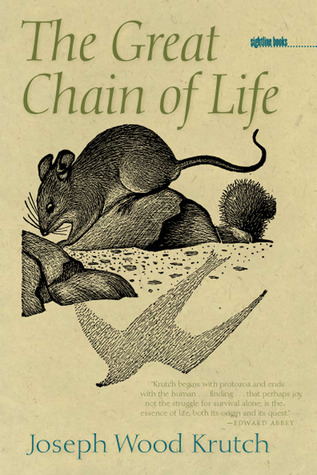
Originally published in 1956, The Great Chain of Life brings a humanist’s keen eye and ear to one of the great questions of the “What am I?” Originally a scholar of literature and theater, toward the end of his career Joseph Wood Krutch turned to the study of the natural world. Bringing his keen intellect to bear on the places around him, Krutch crafted some of the most memorable and important works of nature writing extant. Whether anticipating the arguments of biologists who now ascribe high levels of cognition to the so-called lower animals, recognizing the importance of nature for a well-lived life, or seeing nature as an elaborately interconnected, interdependent network, Krutch’s seminal work contains lessons just as resonant today as they were when the book was first written. Lavishly illustrated with thirteen beautiful woodcuts by Paul Landacre, an all-but-lost yet important Los Angeles artist whom Rockwell Kent called “the best American wood engraver working,” The Great Chain of Life will be cherished by new generations of readers.
Author
Works of American critic, naturalist, and writer Joseph Wood Krutch include The Modern Temper (1929) and The Measure of Man (1954). He worked as a professor at Columbia University from 1937 to 1953. Moving to Arizona in 1952, he wrote books about natural issues of ecology, the southwestern desert environment, and the natural history of the Grand Canyon, winning renown as a naturalist and conservationist. Krutch is possibly best known for A Desert Year , which won the John Burroughs medal in 1954. https://en.wikipedia.org/wiki/Joseph\_...